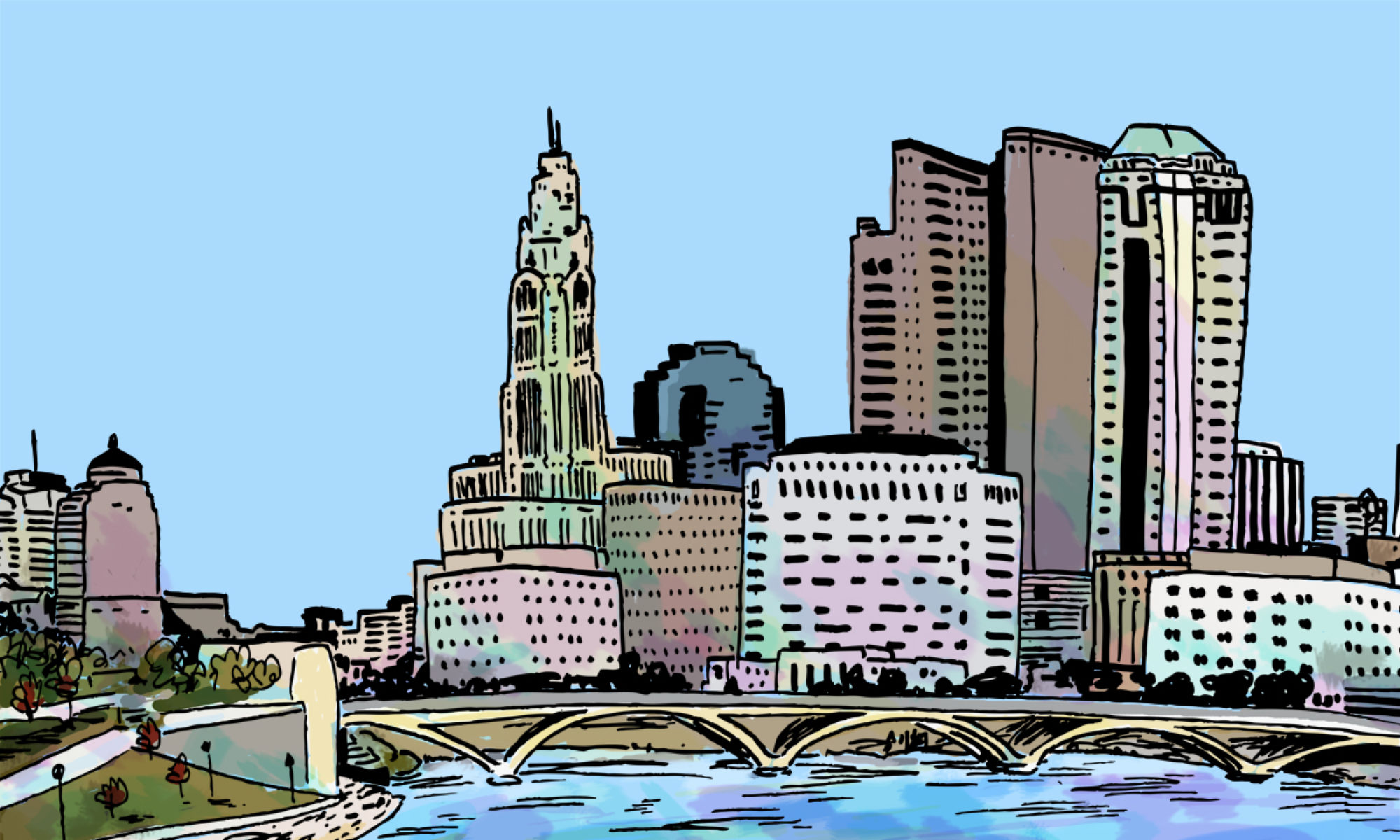Editor’s Note: Adam White is the creator of Back to Blue, a semi-autobiographical comic that he has created while incarcerated within the Noble Corrections Institution in Caldwell, Ohio. Described as his “redemption story,” he starts by openly discussing how his drug addiction led him to rob banks, which in turn led to his current confinement. Having been in communication with Adam (with the help of his mother) for a little over a year, we invited him to tell us more about Back to Blue and the difficulties of making comics while in prison.
When I decided to work on Back to Blue, it came from a place of personal truth and introspection. Anything less would have felt inauthentic. As an addict in recovery, you must do a lot of introspection and writing is an essential part of recovery. Depression is a well-documented element in addiction recovery, and this environment is counterproductive. However, creativity and having this drive have helped combat those symptoms of depression.
While I was in the early phases of this work, an almost surreal “voice” would influence me. Whenever I hit a deadend or got stuck on an issue, this other voice would interject with a fresh perspective and insight I hadn’t considered. Eventually, listening to this voice became second nature, and I called it “Goey.” It has now become a character in the story.
I learned to do storyboards before working on the final pages. It wasn’t that I was opposed to doing all of the steps in the process, but rather, I needed to figure out what those steps were. Remember, I had never done anything like this before and was making it up as I went along.
Nowadays, I go from script to a rough storyboard and layout, then rough pencils on bristol with a 4h pencil, followed by more detailed pencil work using an “F” pencil and mechanical drafting pencil. I use Copic Multiliner pens over my pencil work for inking and then rub a kneaded eraser over the page to pull up as much graphite as possible.
I was introduced to grayscale markers in a storyboarding class many years ago. When I was thinking about how to finish my pages, markers were the way to go. I use a big set of illustration markers for all the coloring—no help from the computer during production here in prison. I do everything by hand.
One of the biggest misconceptions about prison is that we are denied access to products and consumer goods. In fact, the prison vendors that supply inmates with products are a growing concern for many advocacy groups that say there is a profit motive for incarceration.
First, you have to locate a catalog. That’s tricky because the institution confiscates the Dick Blick (art supply) catalogs so that they can loan them out to inmates. No one is allowed to have their own. You may have to ask permission to look through your own catalog and return it when you’re finished.
Once you’ve compiled a list of things you want to order, you have to submit the list to a recreation coordinator for approval. Different institutions allow different things, and I lucked out with a lot of what I was allowed to order.
Then there’s the process of filling out a form and having a check sent to Blick with an order. That can take months to complete. If you’re fortunate to have family or loved ones who can order online, the process only takes a week or two.
There’s an endless supply of source material, but I try to create awareness of some real issues that need to be addressed. The vast majority of people in this country are completely unaware of the growing problem of mass incarceration and its effects on society. I’m trying to change that with heart and humor; comics are the perfect medium.
The visual approach appeals to a much broader audience rather than going at the subject from a textbased format. We’ve known for decades that comic books aren’t just for kids and that the medium can be used to widen the moral arc of society. Look at Green Arrow in the 80s with Roy Harper’s addiction to heroin and the awareness it created that was in stark contrast with Nancy Reagan’s “Just Say No” campaign. Comics have always been at the forefront of social justice and change. Why not use it as a vehicle for change in an aspect of American life that affects an ever-greater portion of the population?
After the release of issue #1 of Back to Blue on Amazon, one employee at my former facility was offended by my depiction of the staff. I was transferred to another institution and wasn’t allowed to take any of my art supplies with me. Even though I didn’t do anything legally wrong, all it takes is one well-connected staff member, and your whole world gets tossed upside down.
It has been tough; I’m not going to lie. But, this is just a test, isn’t it? Most people, including myself in the past, can’t hold on to their passion in the face of adversity. Talent is not a rare commodity; tenacity is.
It doesn’t matter what the setback is. A setback is a setback, and they’re bound to come in many shapes and sizes. To paraphrase Rocky Balboa: “It’s not about not gettin’ hit. It’s about how many times you can keep gettin’ hit and still get back up.”
